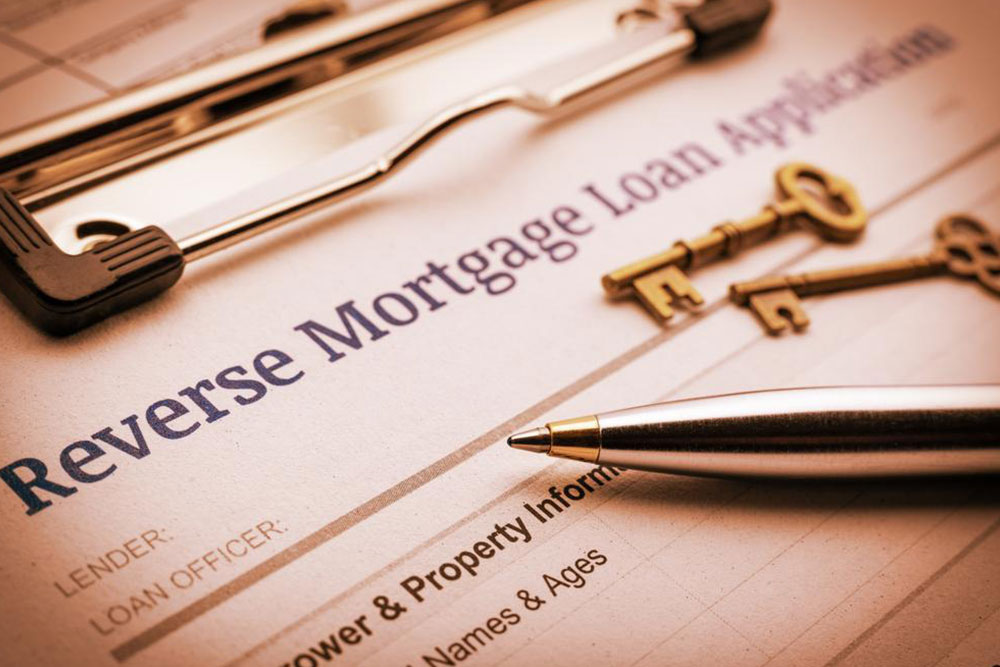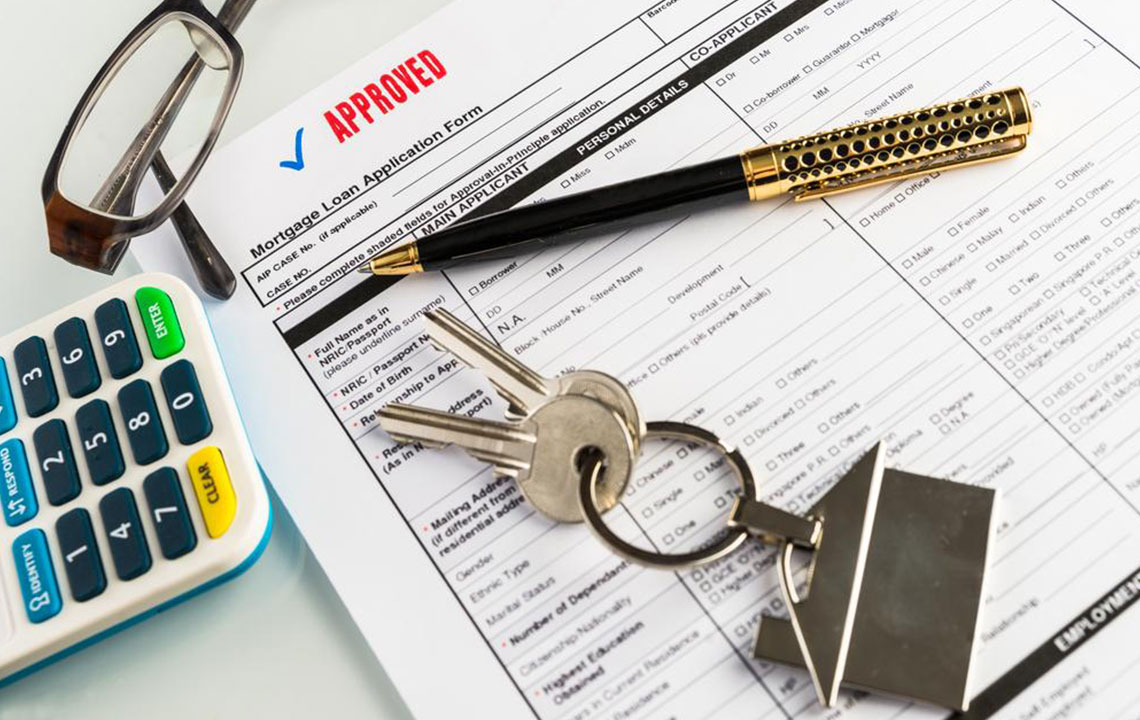Comprehensive Guide to Mortgage Refinancing: Benefits, Challenges, and Strategies
Mortgage refinancing is an effective financial strategy that can significantly reduce interest rates, lower monthly payments, and unlock home equity for homeowners. This comprehensive guide details the benefits, challenges, and key considerations of refinancing, helping homeowners make informed decisions that align with their long-term financial goals. Whether you're looking to save money or access additional funds, understanding the total costs and choosing the right refinancing options can lead to substantial financial improvements. Expert advice and careful planning are essential to maximize benefits and avoid pitfalls.

Comprehensive Guide to Mortgage Refinancing: Benefits, Challenges, and Strategies
Mortgage refinancing is a common financial strategy used by property owners to improve their loan terms, access additional funds, or reduce their monthly payment obligations. It serves as a vital tool in home financing, enabling homeowners to optimize their financial situation by replacing their existing mortgage with a new one that offers more favorable conditions. In essence, refinancing involves paying off an existing mortgage with a new loan, often of different terms, interest rates, and maturity periods, to better align with the borrower’s current financial goals.
Refinancing can be a game-changer for many homeowners. For instance, Sarah, a homeowner with a $400,000 mortgage at a 7% interest rate, could significantly lower her monthly payments by refinancing to a new loan with a 4.5% rate. This reduction not only eases her monthly cash flow but also offers potential savings in the long term. Moreover, refinancing can help tap into the equity accumulated in the property, providing access to cash that can be invested or used for other financial needs.
Understanding Mortgage Refinancing: An In-Depth Overview
Mortgage refinancing is particularly advantageous during periods of declining interest rates. When market rates drop below a homeowner's current rate, refinancing can lead to substantial savings over the life of the loan. This process enables homeowners to lower their interest expense, reduce monthly payments, and even shorten or extend the loan term based on their financial strategy. Besides these benefits, refinancing can also be used to switch from an adjustable-rate mortgage (ARM) to a fixed-rate mortgage for more predictable payments.
However, it is essential to recognize that refinancing is not without its costs. Typical expenses include closing fees, appraisal charges, legal fees, and title insurance, which can collectively add up to several thousand dollars. These initial costs can impact the overall savings from refinancing if not carefully considered. Some lenders may offer fee waivers or discounts for existing customers, which can aid in reducing the upfront expenses.
Key Considerations Before Refinancing Your Mortgage
Before deciding to refinance, homeowners should conduct a thorough analysis of the total costs involved versus the potential savings. It’s recommended to calculate the break-even point—the time when the savings from lower interest payments outweigh the costs of refinancing. Typically, a break-even point within a few years indicates a worthwhile refinancing decision, especially if the homeowner plans to stay in the property long-term.
Additional factors to evaluate include credit score, which influences the mortgage rates offered; the remaining term of the current mortgage; and current market interest rates. If the homeowner’s financial situation has improved since obtaining the original mortgage, they may also qualify for better loan terms. Consulting with financial advisors or mortgage specialists can help clarify whether refinancing is the right step and how best to structure the new loan.
Types of Mortgage Refinancing Options
There are several types of refinancing options tailored to various financial goals. These include:
Rate-and-term refinancing: Focuses on changing the interest rate or the loan term without extracting additional cash. Ideal for lowering interest rates or reducing monthly payments.
Cash-out refinancing: Allows homeowners to convert part of their home equity into cash for expenses like home improvements, debt consolidation, or education costs. This option increases the mortgage balance but provides immediate liquidity.
Interest-only refinancing: Enables borrowers to pay only interest for a specified period, often used for investment properties or temporary cash flow relief.
Pros and Cons of Refinancing
Like all financial strategies, refinancing comes with its benefits and potential drawbacks. The advantages include lower interest rates, reduced monthly payments, access to cash, and the ability to switch to a more suitable loan type. Conversely, drawbacks encompass the upfront costs, potential longer or shorter loan terms, and the risk of losing favorable mortgage terms if market rates rise again after refinancing.
Furthermore, frequent refinancing can sometimes lead to increased overall interest payments if the lengthening of the loan term results in paying more interest over time. Additionally, some homeowners may face prepayment penalties, which can add to the cost of refinancing. Therefore, a comprehensive assessment and consultation with financial experts are crucial before making a final decision.
Conclusion: Is Refinancing Right for You?
Refinancing can be a powerful tool to enhance your financial flexibility, reduce debt costs, and improve payment terms. It is especially beneficial during periods of declining interest rates and when the homeowner plans to stay in the property for the foreseeable future. By carefully analyzing the total costs, potential savings, and personal financial goals, homeowners can determine whether refinancing aligns with their long-term strategies. Always seek professional advice and conduct thorough research to maximize the benefits and minimize risks associated with mortgage refinancing.





